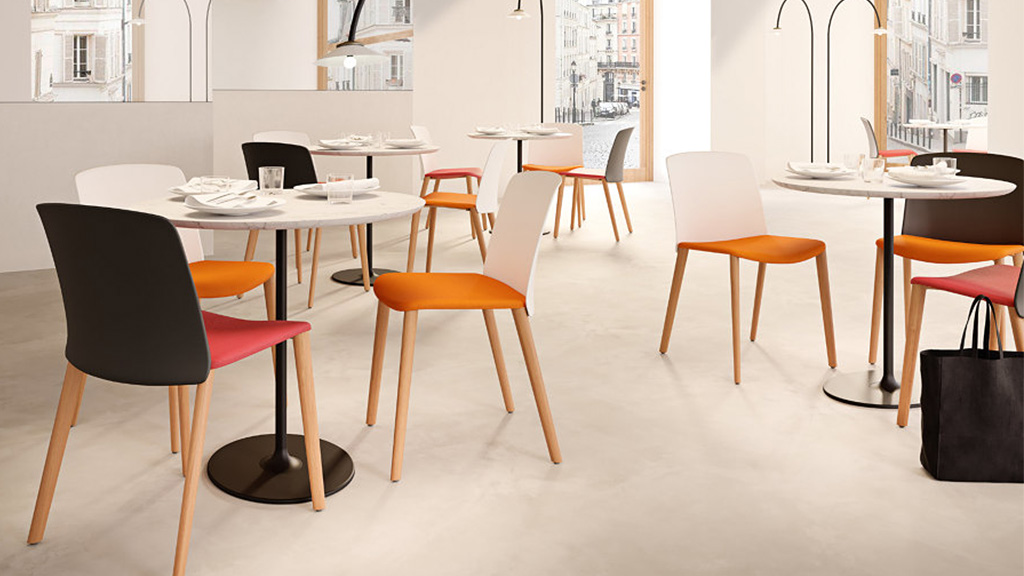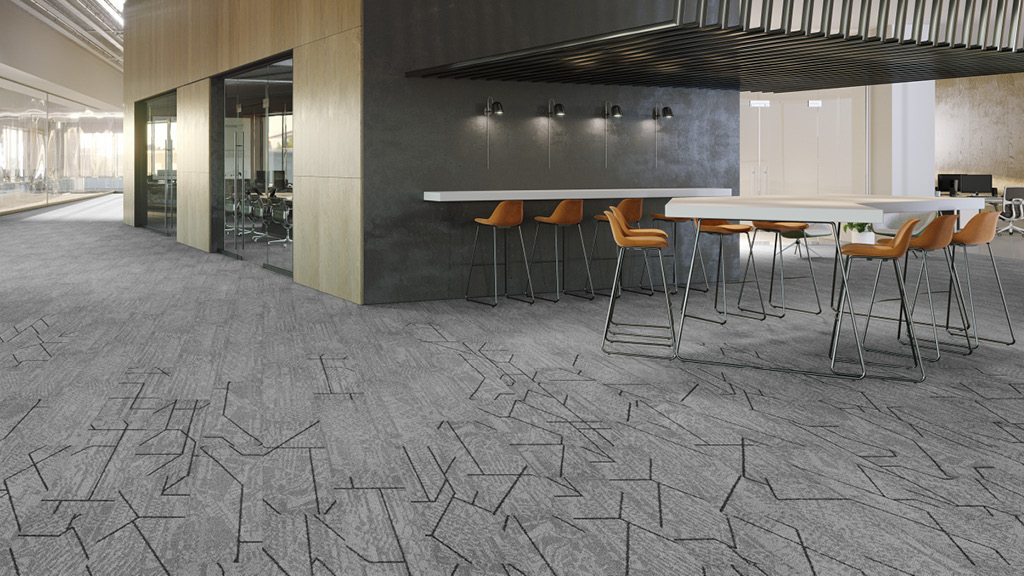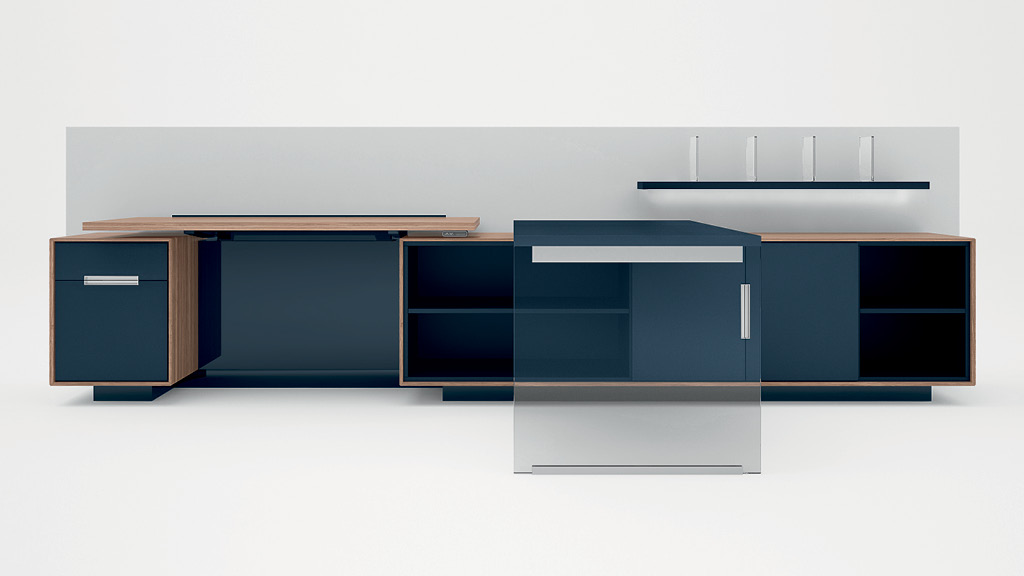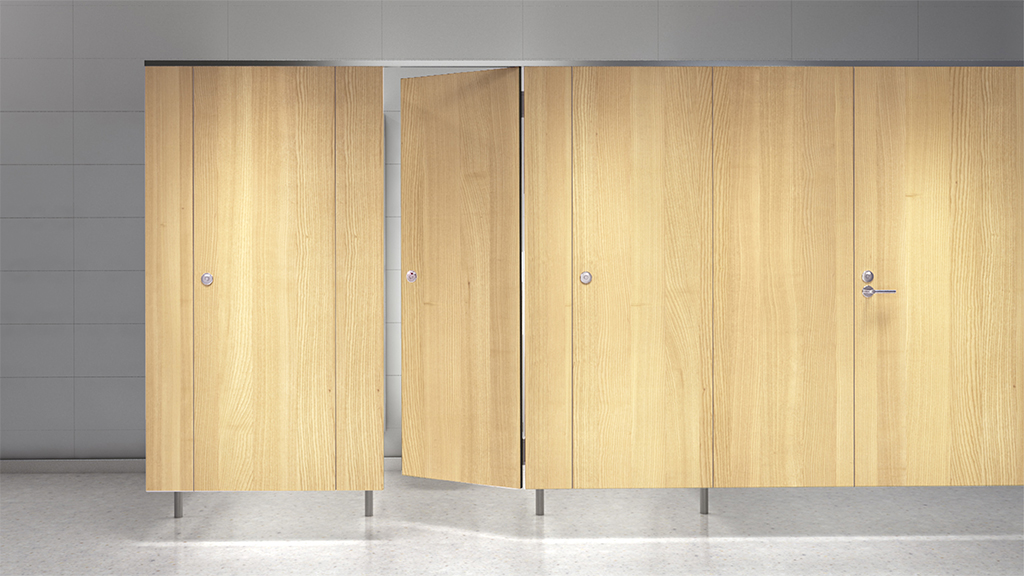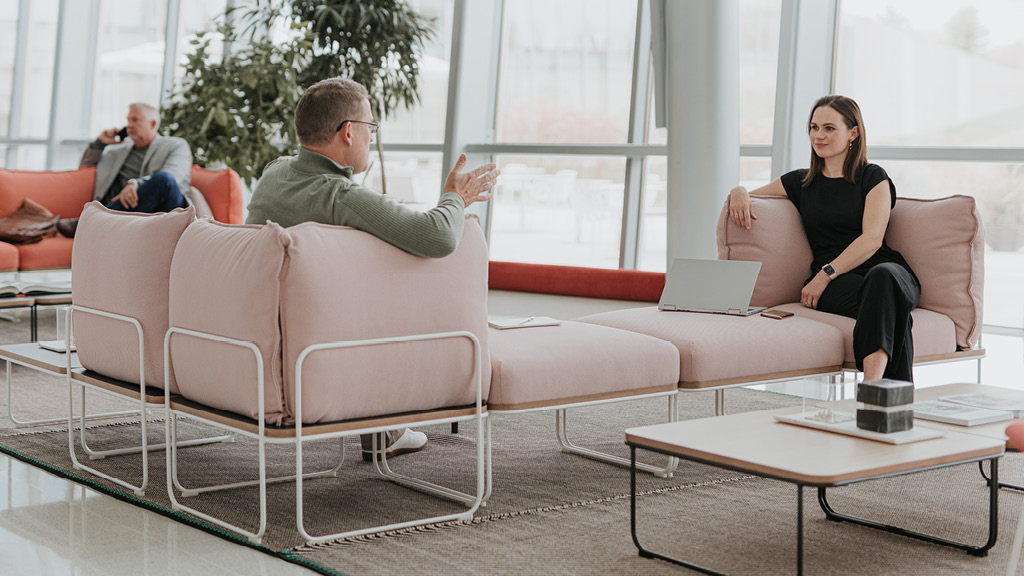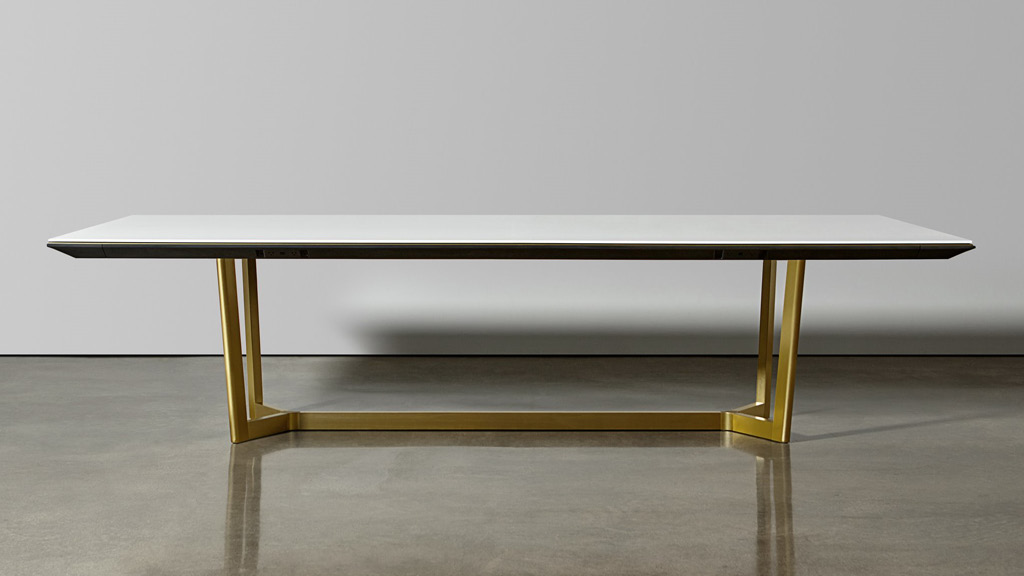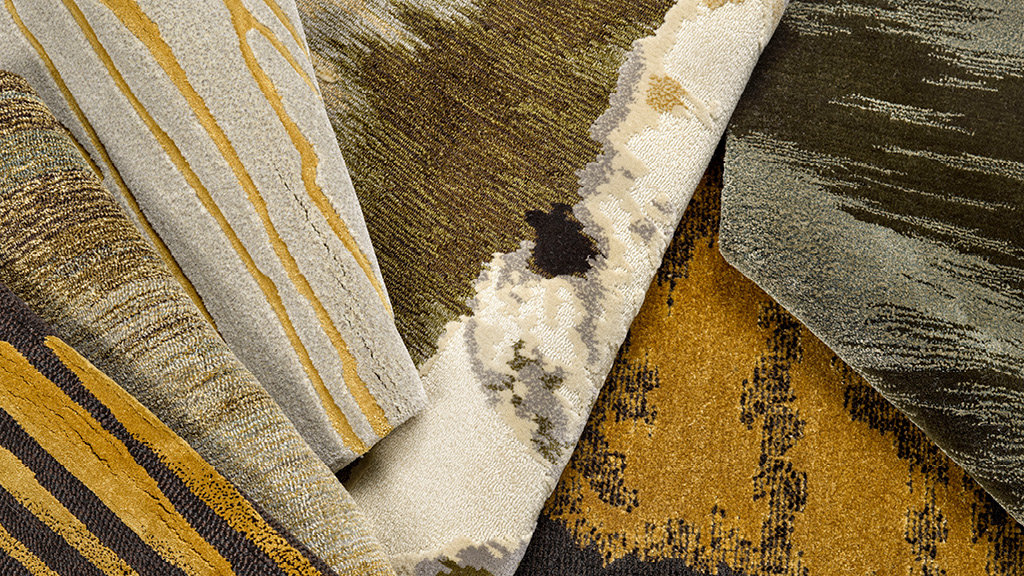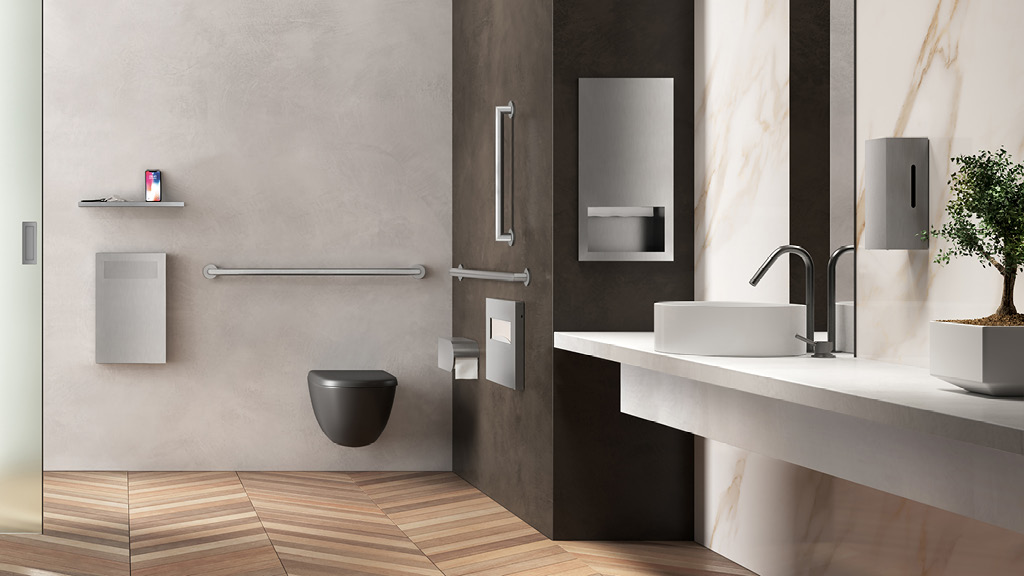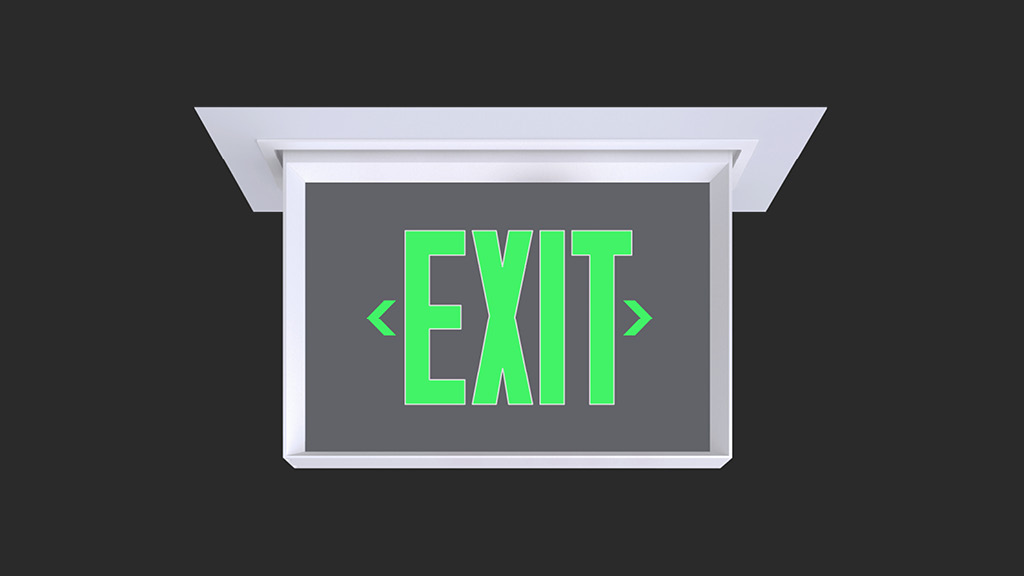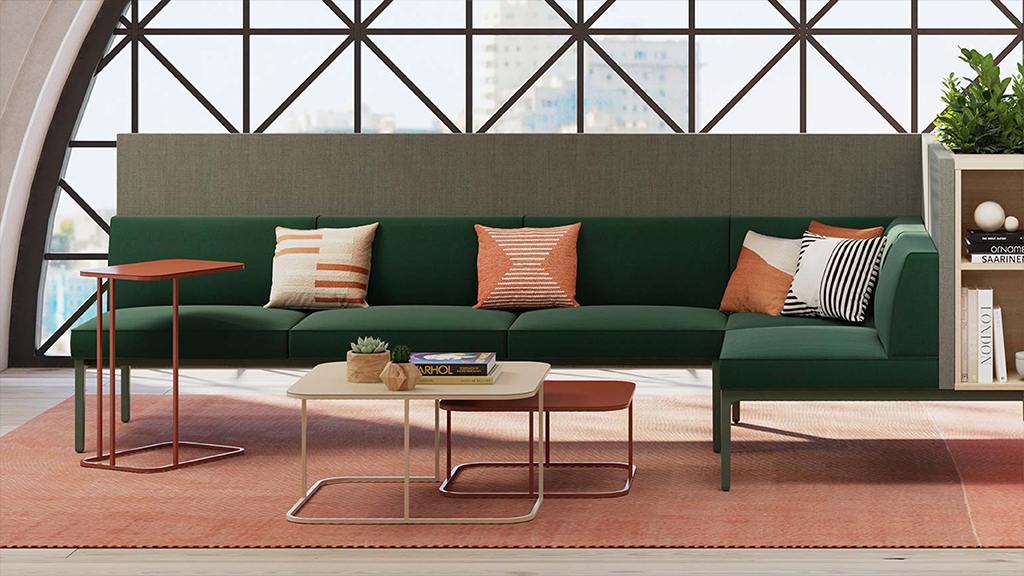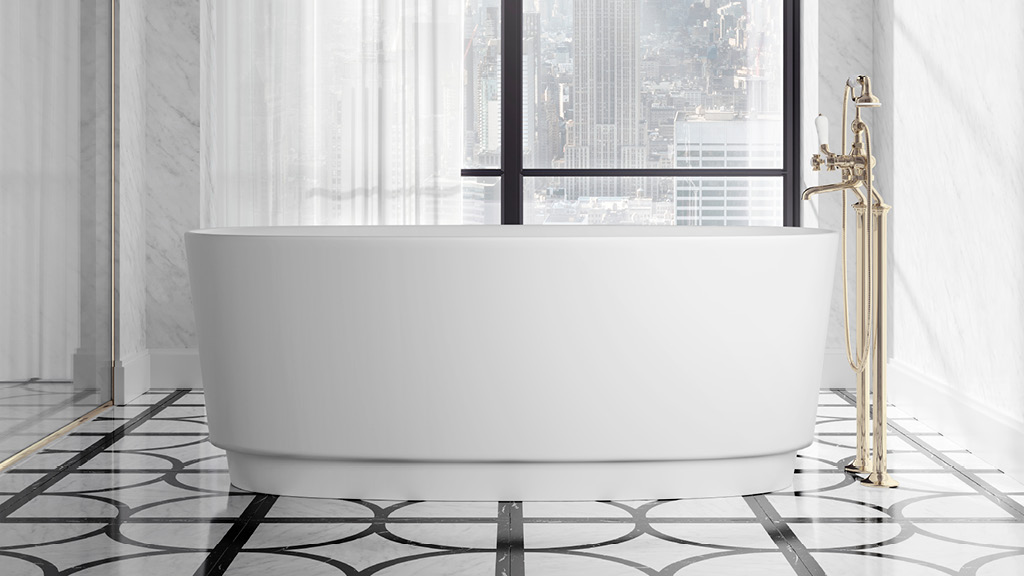Product Development
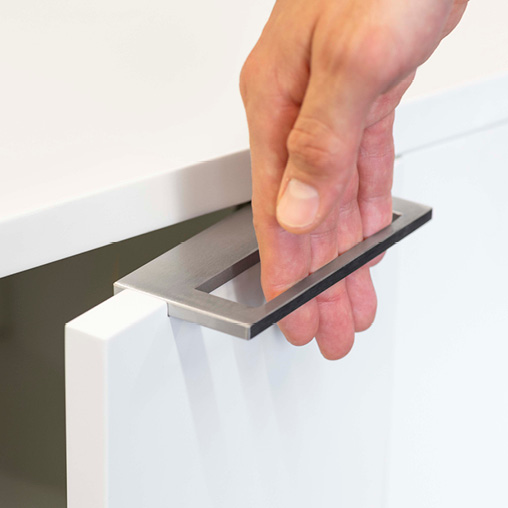
PBA
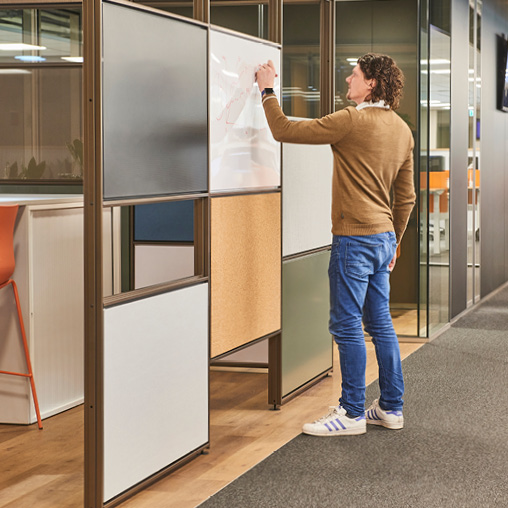
Maars Living Walls
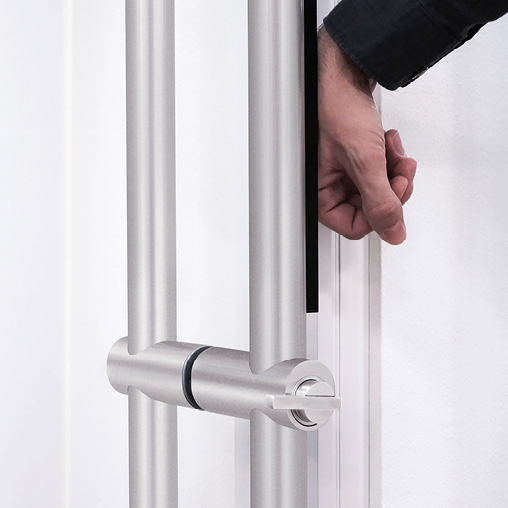
PBA

Nucraft
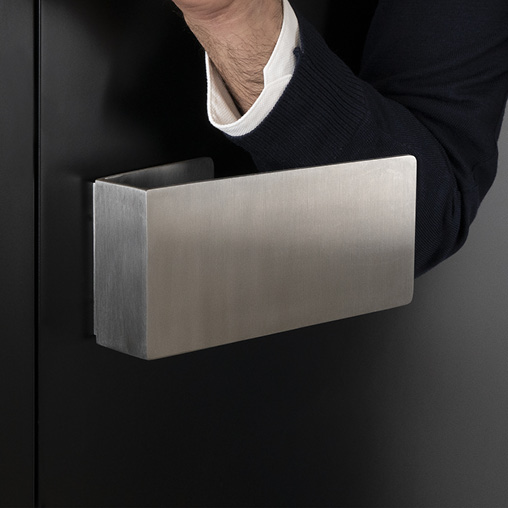
PBA
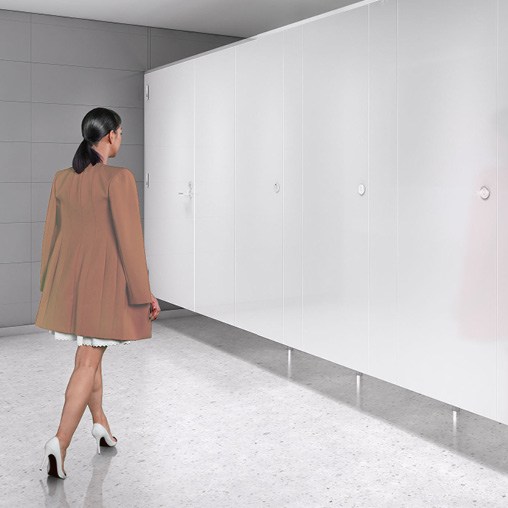
Bobrick
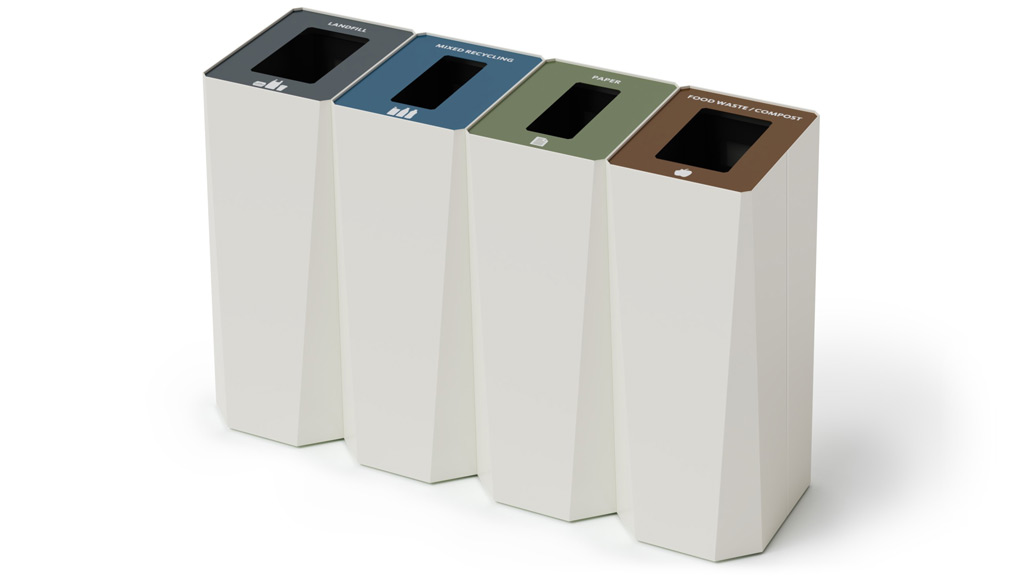
Blowing the Lid Off Product Design: 5 Tips for a Better Trash Receptacle
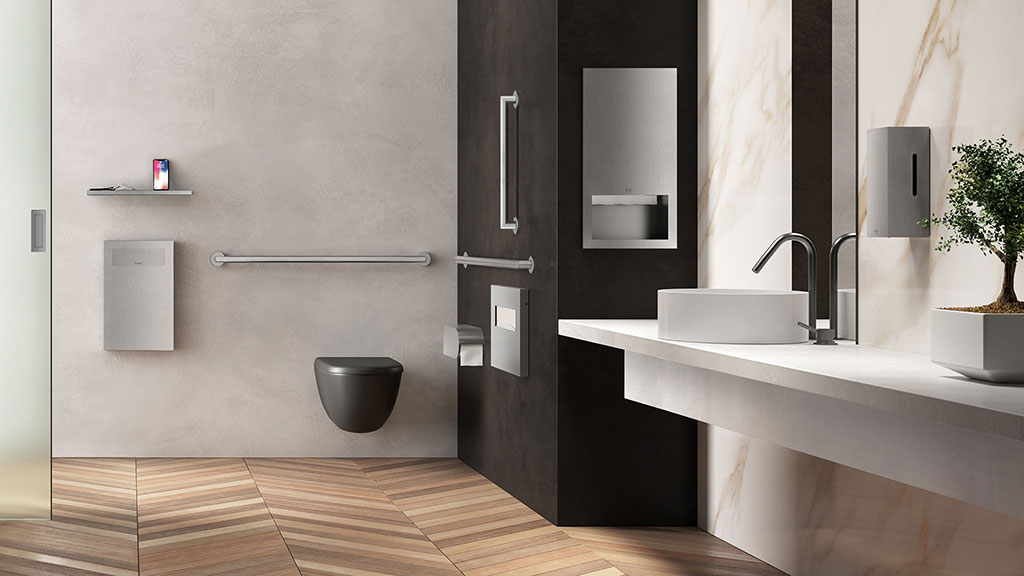
Product Design for a Better Bathroom Experience
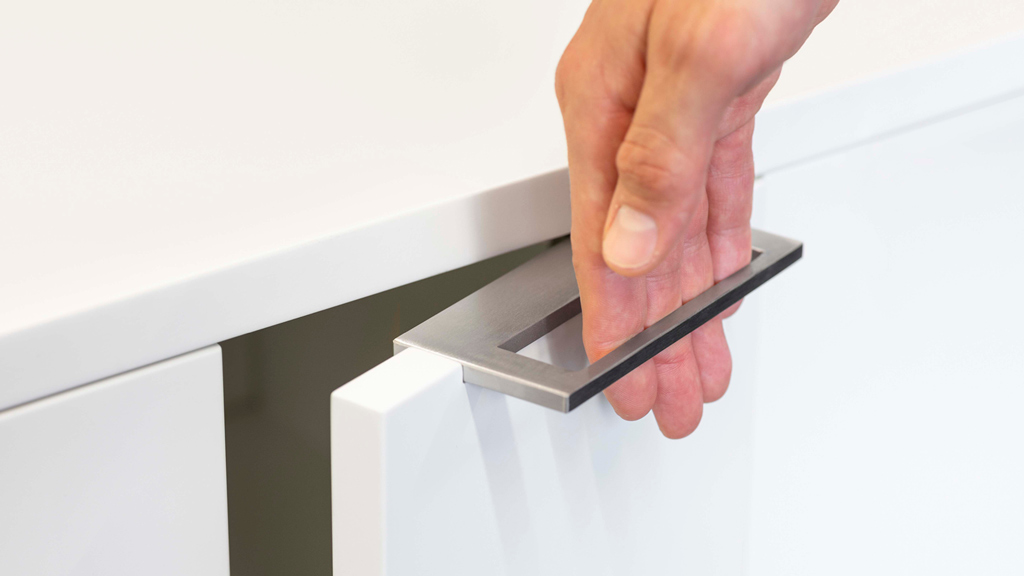
Inclusive Product Design Should Never Exclude Style
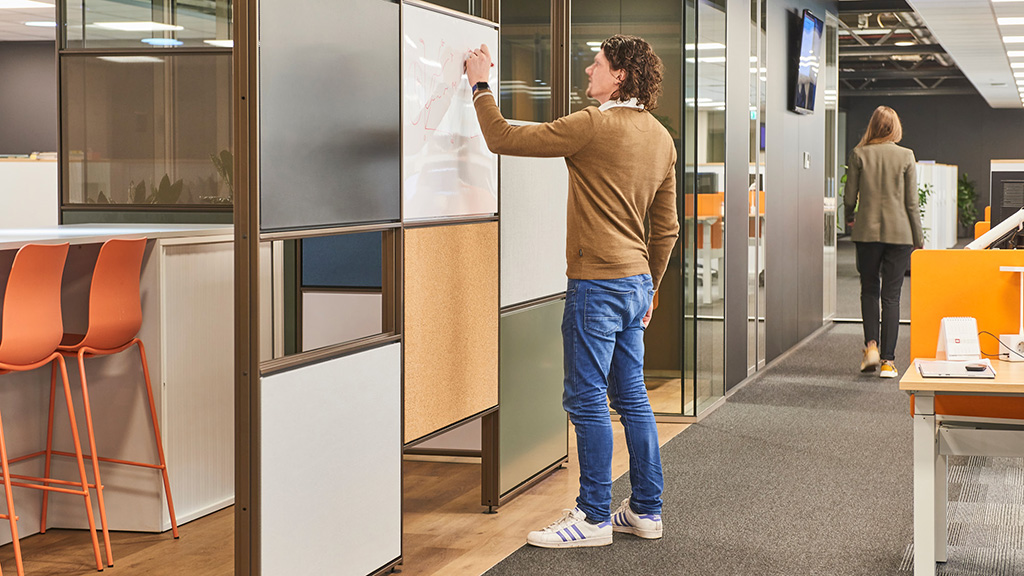
Product Design Gets Redefined When Creating a Wall for All
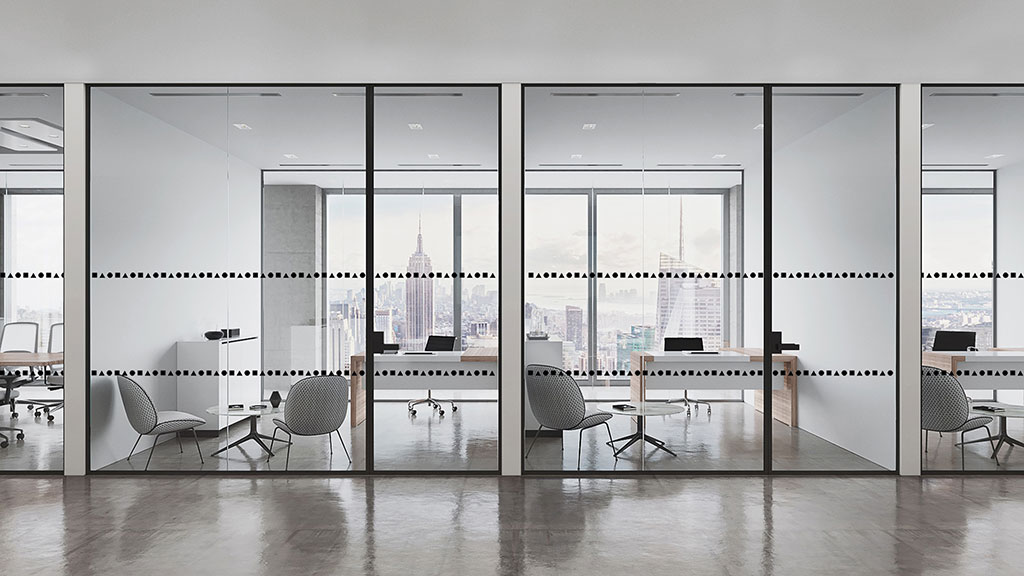
Product Design Gets Graphic: A Story of Life Safety
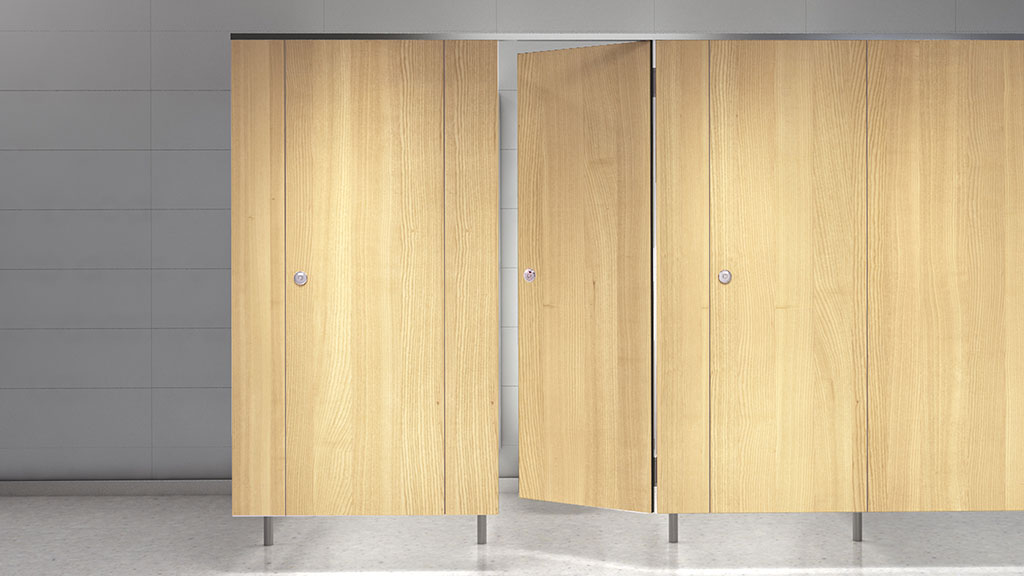
Product Design Takes a Bathroom Break
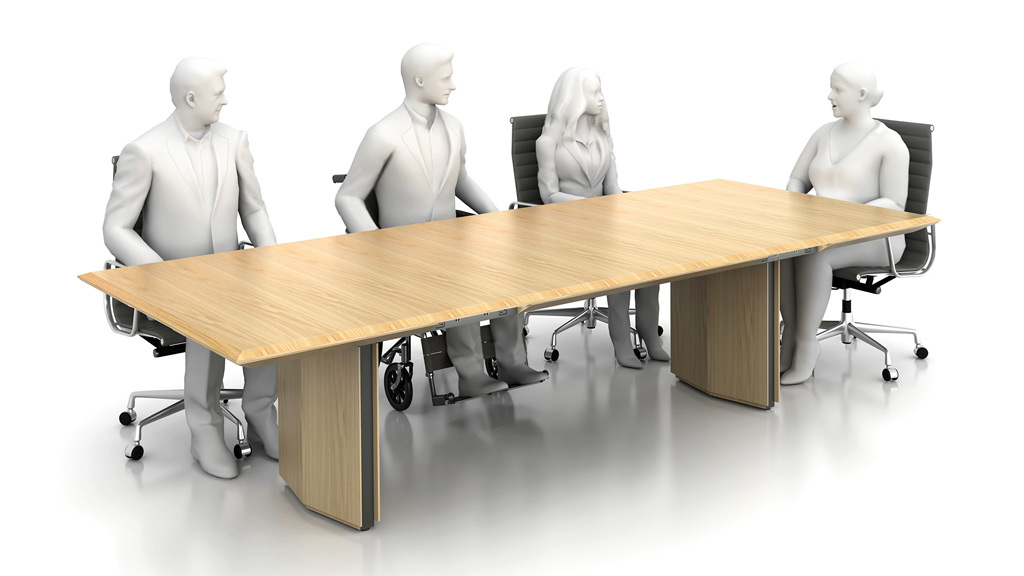
Inclusive Product Design: Everyone Has a Seat at the Table

How Inclusive Design Supports Resilience and Climate Preparedness

Product Design With the World in Mind: Just What the Doctor Ordered
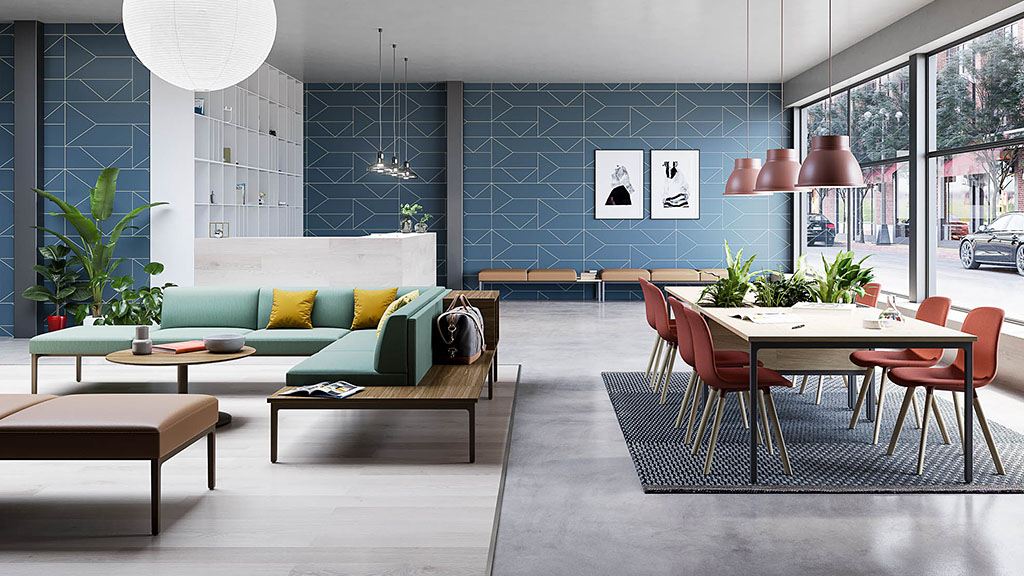
Design Forecast 2022: Product Development
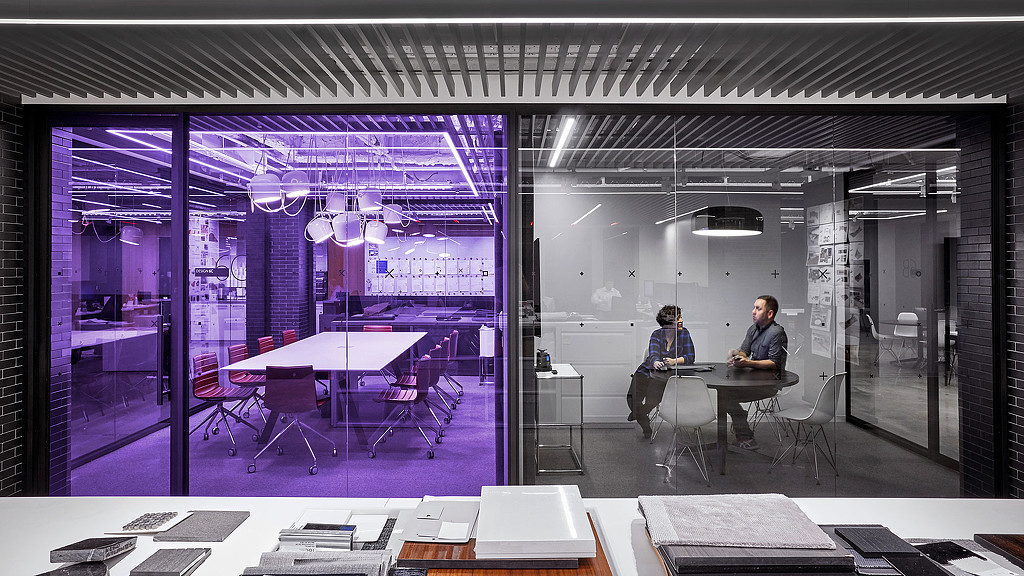
Product Design ‘Cleans Up’ and Office Hygiene Gets a Boost

Why Inclusive Design Is a Critical Advantage in the War for Talent
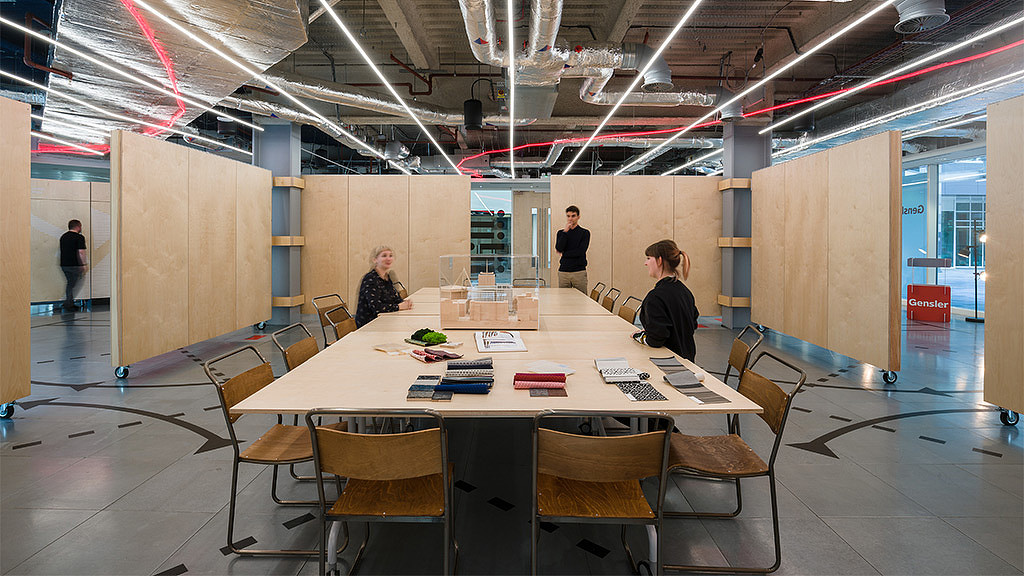
Navigating the Circular Economy: How Reusing Materials Saves Costs and Lowers Embodied Carbon

Work From Home Product Design: How to Make a Desk Its Best
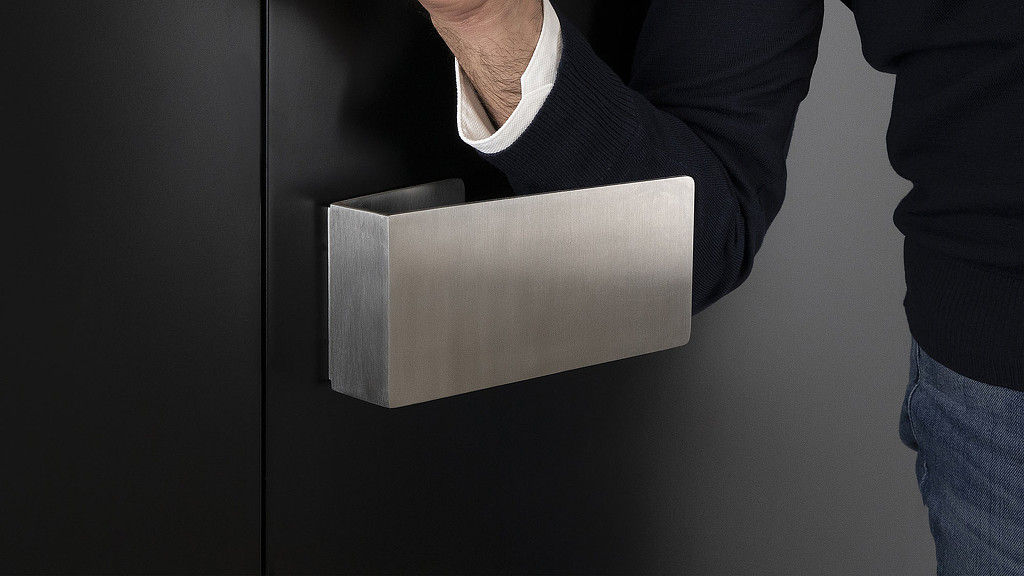
Egress Made Easier: Product Design That Stands Out
Flexibility, reconfigurability, and adaptability will be table stakes for successful product design.
Workers are looking for offices that offer a mix of experiences, as well as products that support different work modes. Given this desire for choice and variety, and a measure of inherent unpredictability, the one common denominator that can help ensure a product’s success is flexibility. Flexible, reconfigurable, and adaptable products will excel in the market.
New product sustainability standards and “circular products” will be game changers for climate goals.
Purchasers and end users are interested in products designed and manufactured with safe ingredients, recycled content, and low emissions. At the same time, manufacturers are seeking a common set of sustainability standards that provide clear, concise performance criteria. Together, these objectives will work to improve the sustainability profile of interiors products and drive down embodied carbon across the building industry.
Products designed for equity and accessibility will have an edge.
Inclusive product design not only creates a better experience; it can also help employers meet DEI goals, which work to ensure equity, accessibility, and productivity for the greatest number of people, regardless of their abilities or limitations. Products that address and ideally go beyond ADA standards without singling anyone out will earn a competitive edge.
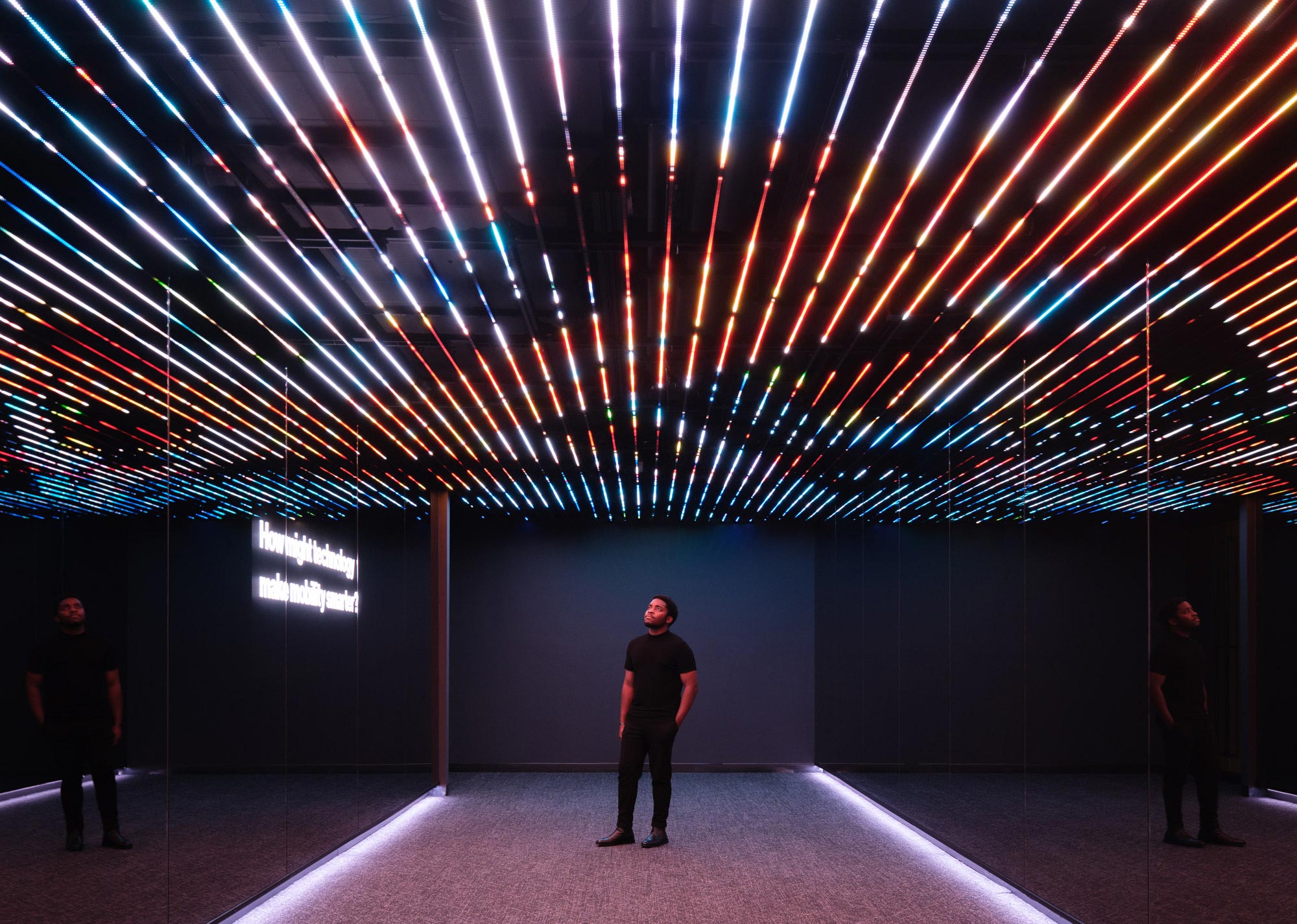
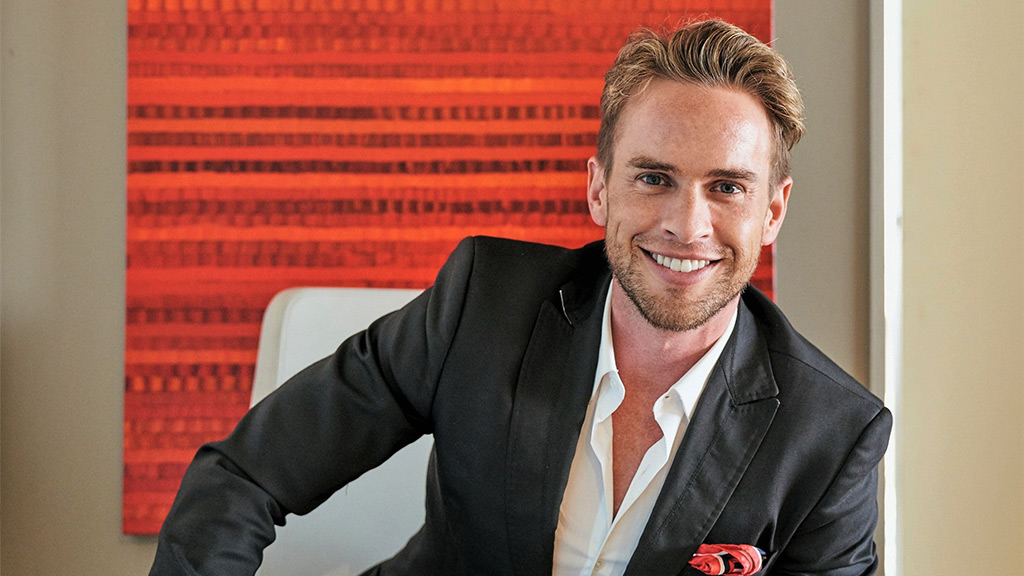
Brandon Larcom

Scott Star

Benjamin Holsinger
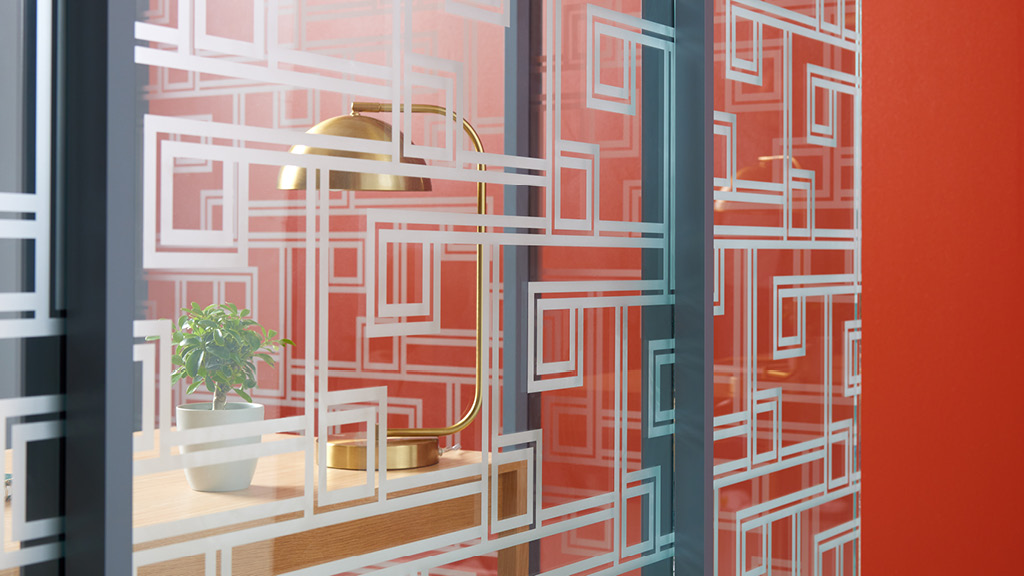
3form Teams Up with Gensler for Globally Inspired Pattern Collection

Gensler’s Scott Star Explains Why the Specifier’s Point of View is Key to Successful Product Design
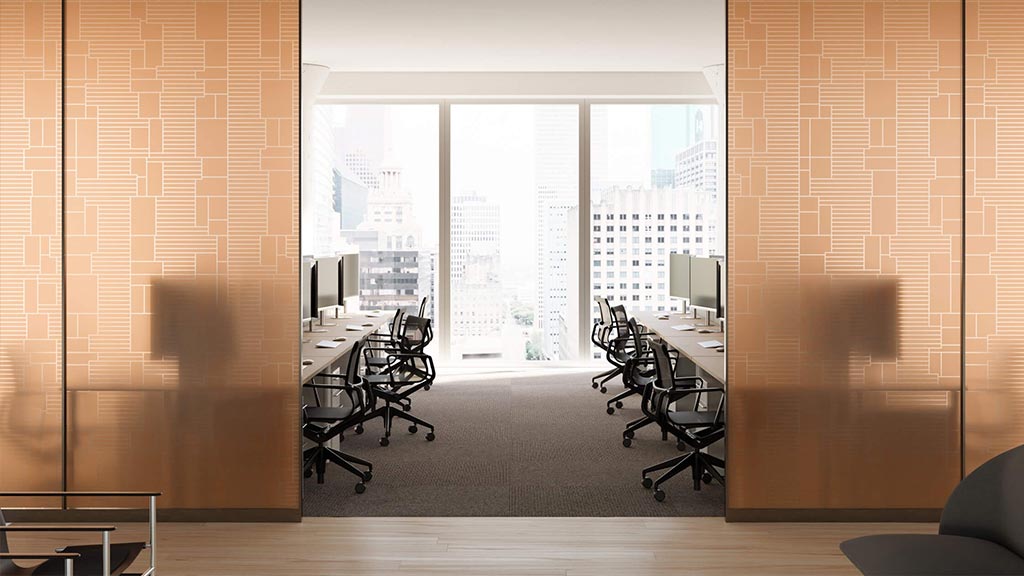
Gensler and 3form Are Designing Products for Flexible, Inclusive Workplaces

Specify Profiled Gensler Product Development Leader Scott Star
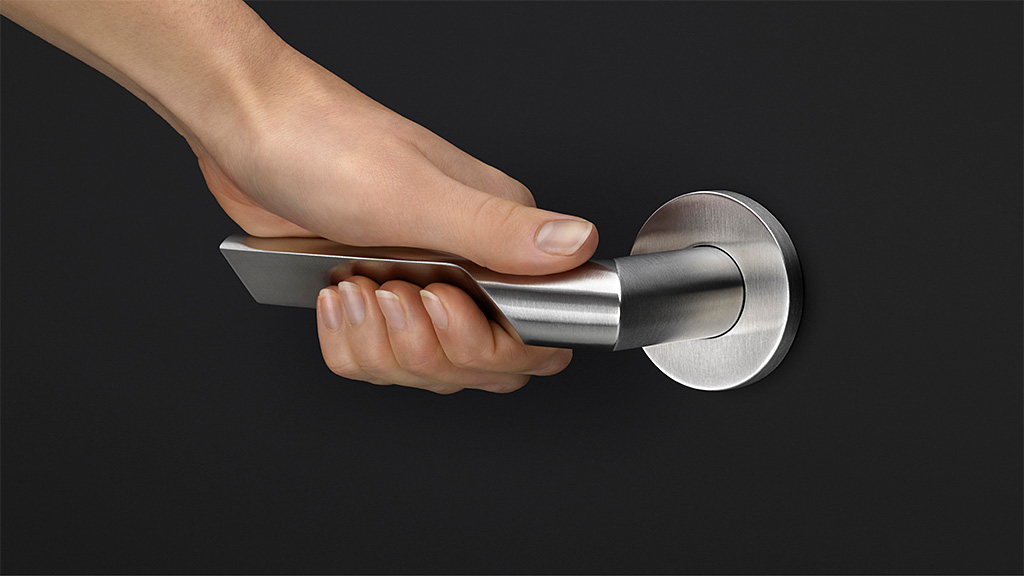
OfficeInsight Features Formani’s “Haptically Engaging” RIVIO Collection, Designed with Gensler
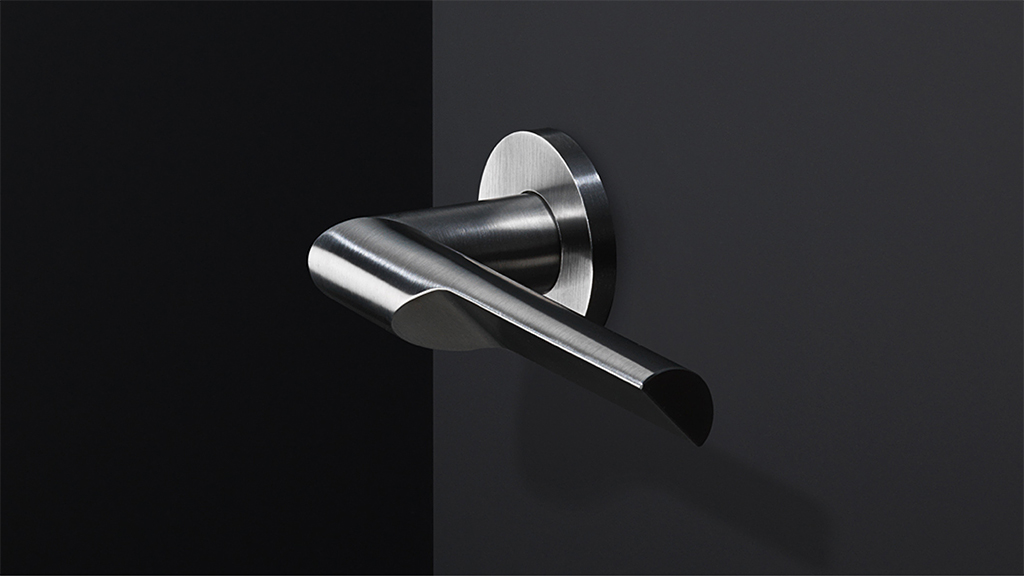
The RIVIO Collection, a Collaboration Between Formani and Gensler, Offers an “Ergonomic and Elegant” Solution
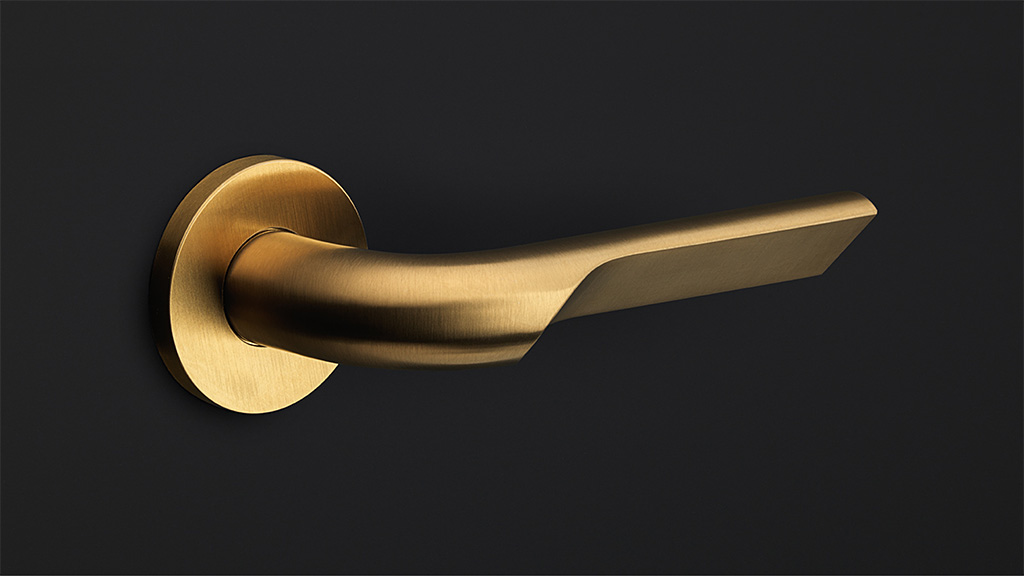
Formani Launches RIVIO Collection, Designed in Collaboration With Gensler
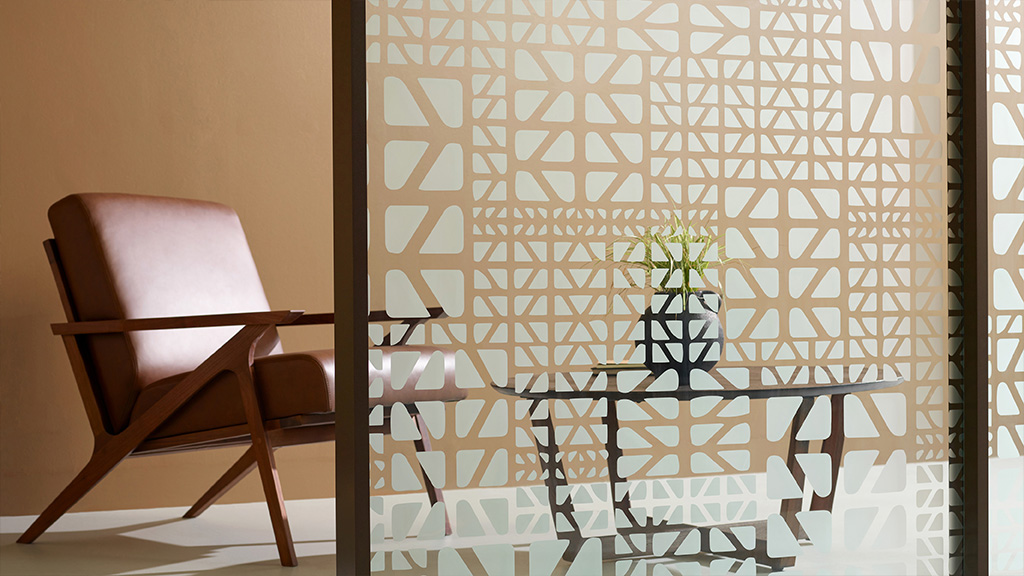
Global Expressions Collection by 3form and Gensler
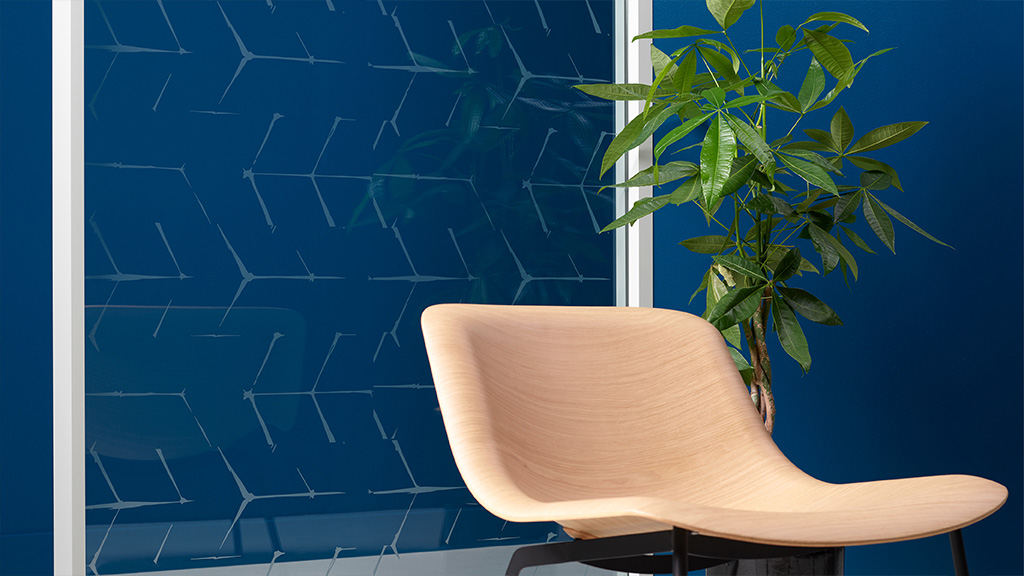
Global Expressions Collections Co-Created by 3form and Gensler
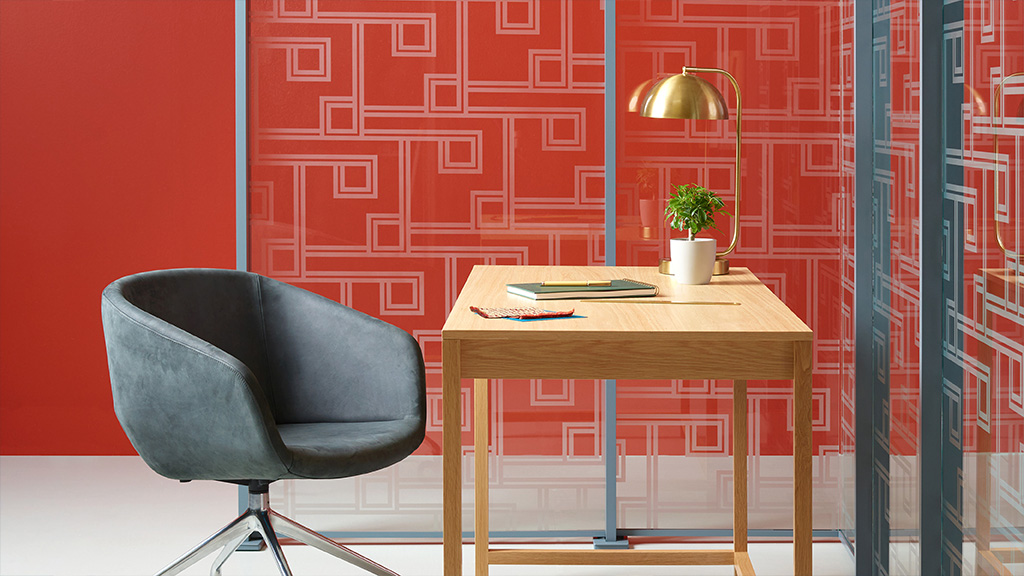
3form’s New Collection Designed in Collaboration with Gensler
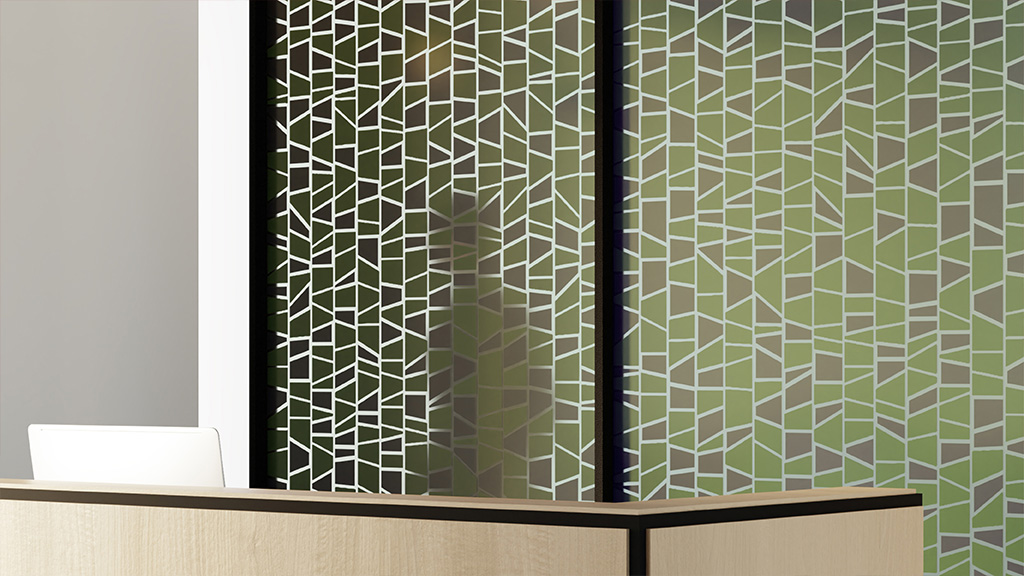
3form and Gensler’s Global Expressions Pattern Collection
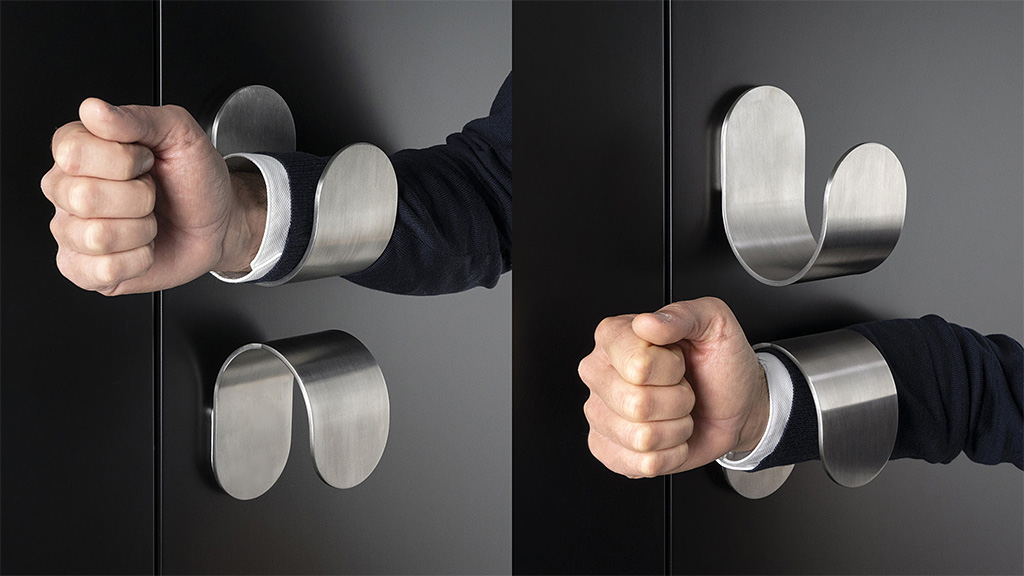
Hands-Free Pulls
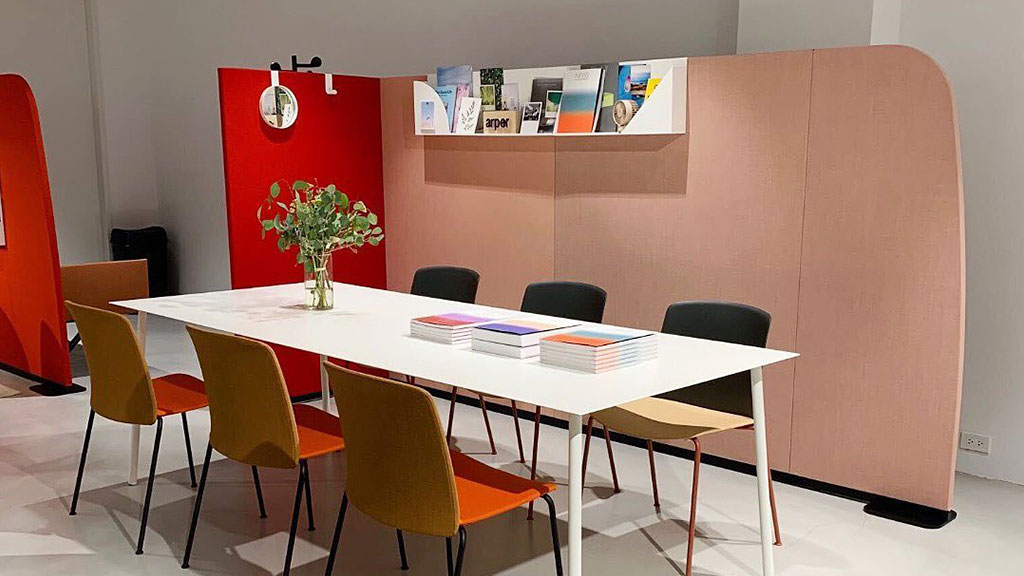
Daniel Stromborg, a Product Designer at Gensler, Shared Insights and Trends From NeoCon 2022
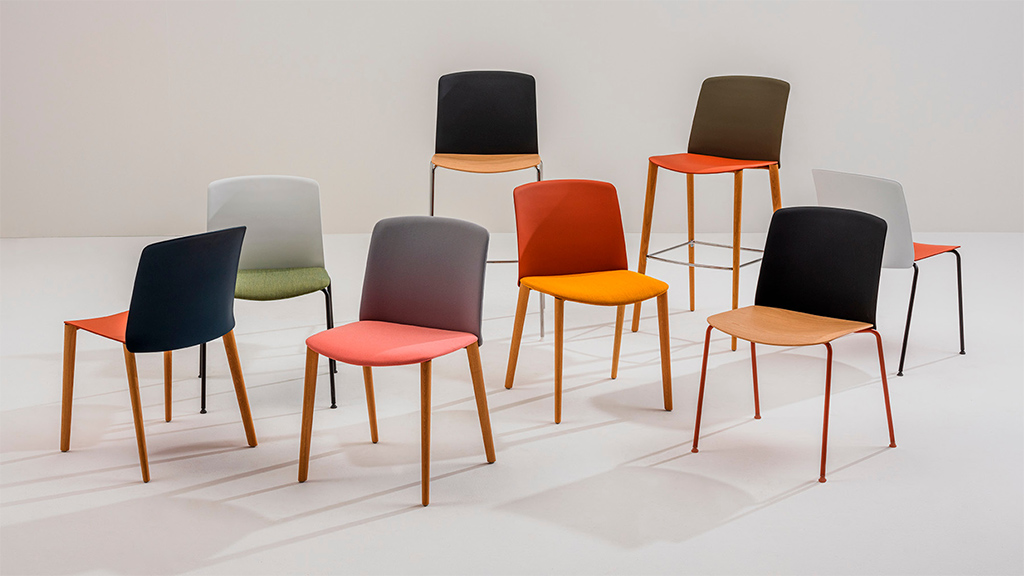
Mixu for Arper Collection Is Featured in Architect’s Newspaper’s 2021 Best of Products Awards
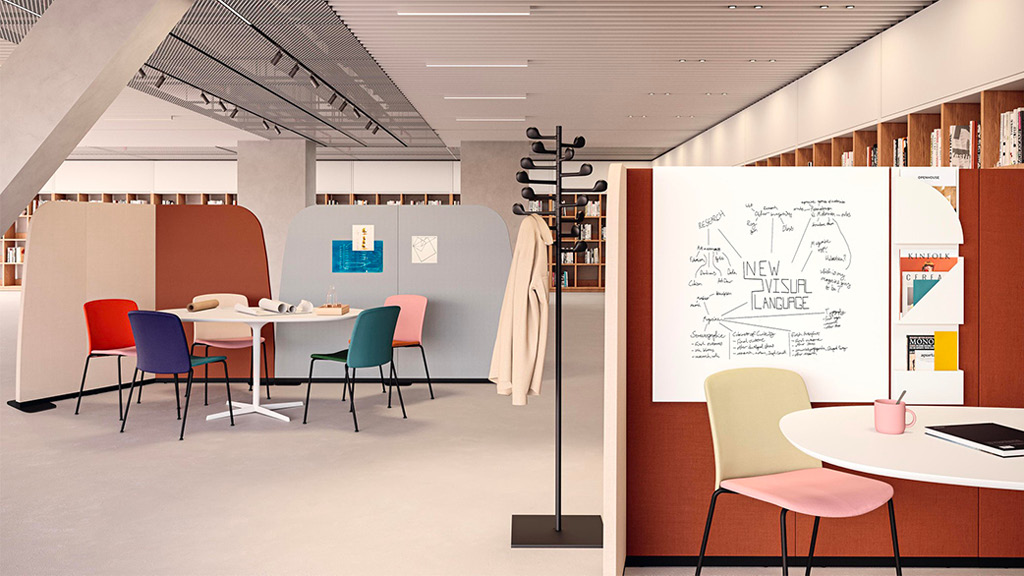
Exploring the Mixu for Arper Collection, Designed in Collaboration With Gensler
